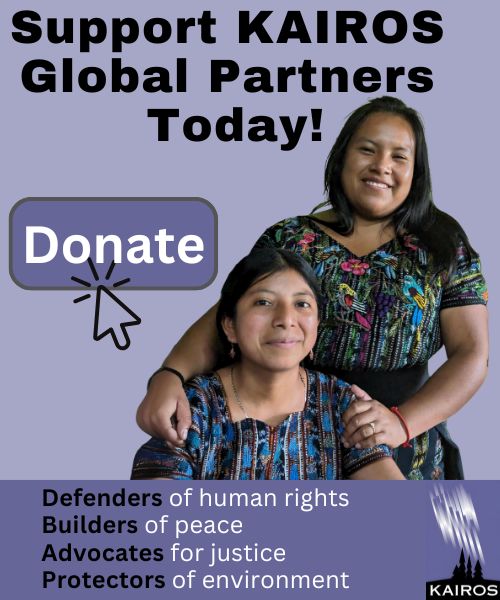Justice Rises: 25 Years after Redress to Japanese Canadians – by Kim Uyede-Kai
Theological Reflection – Sunday, September 22, 2013
By Kim Uyede-Kai, Minister for Congregational Support with Hamilton Conference, The United Church of Canada; Reiki healing practitioner; right relations ally with Aboriginal, racialized, and LGBT peoples; and honoured to be mother of two adult sons connected with diverse artistic and urban communities. Photo by Jeremy Kai. Used with permission. http://riversforgotten.com/
 O that my head were a spring of water,
O that my head were a spring of water,
and my eyes a fountain of tears,
so that I might weep day and night
for the slain of my poor people.
Jeremiah 9:1
When fountains of compassionate tears raise justice to the surface, injustice is often laid bare when the waters recede.
Buried beneath the hard, impervious urban surfaces of pavement and real estate lie human-made encasements for natural waterways and waste-waters built for the comfort, health, and safety of the expanding communities above. Developers have increasingly constructed housing and commerce where rivers and creeks were once free to overflow their banks when the elements rained down too heavily. Urban dwellers are oblivious to what lies beneath them. Until what’s underground rises to meet them where they live.
In 2013 unprecedented rainfall in a few hours flooded parts of Alberta. Weeks later, parts of Toronto were visited with a similar fate. Rainwater runoff rapidly filled storm sewers, and with nowhere else to go, basements filled with the overflow like never before. My parents’ basement hadn’t flooded when Hurricane Hazel hit Toronto in 1954 but on July 8, 2013 they weren’t so lucky. Floodwaters surged from their basement drain and the basement filled 12”/30cm.
The cleanup was soul-wrenching. Flood-contaminated family photos, toys and books much beloved by the grandchildren, mason jars and sterilizing cauldrons that would not see another canning season, rooms of hospitality for family, friends, and strangers, all thrown to the curb. We grieved not only for ourselves but for Mother Earth who would receive so much waste.
The floods surfaced one of the saddest casualties from the crawlspace under the stairs: an old, leather suitcase. We gingerly opened it to find three kimonos and intricate silk obi (sashes), one set belonging to my grandmother, two smaller ones for different size children. All ruined.
The laundry room held another surprise. On a shelf just a few metres from where the flooding began and above the destructive reach of the floodwaters sat a wooden steamer trunk. It was empty except for my mother’s tissue-wrapped wedding dress.
The trunk was not always empty. In 1942 Canada entered World War Two. My mother’s Canadian-born father quickly constructed the trunk to hold the belongings of his family of five after they were ordered by the British Columbia Security Commission to be “evacuated” from their home in Duncan, B.C. Because they were of “the Japanese race” and British Columbia believed it had a way to address its “Japanese problem”.
Filled with clothing and cooking utensils, the trunk went with them to a tarpaper shack in the ghost town of Lemon Creek, B.C. The icy waters of the creek could not wash away the humiliation of being fingerprinted, confined, disenfranchised, and stripped of their democratic rights and freedoms along with 22,000 other naturalized and Canadian born citizens of Japanese ancestry. But over the months and years, the waters mixed with tears of injustice and hardship and tears of laughter and joy as interned strangers became a resilient community that worked, played, vented, and prayed through their experience. Places of forced confinement became holy ground of resistance, dignity, and community despite adversity.
When the war ended in 1945, the trunk and my mother’s family were never to live in Duncan, B.C. again. By Government policy of dispersal, all interned Japanese Canadians were ordered to choose between “deportation” to Japan or moving East of the Rockies, their property having already been “liquidated” and sold in 1943 through the sweeping War Measures Act.
Not one Japanese Canadian then or since was charged with an act of sabotage or disloyalty. After a long journey to seek justice and redress for Canadian citizenship rights violated, and with the support of many allies, the Government of Canada apologized to the Japanese Canadian community on September 22, 1988. With it, a gift of redress was offered to individuals, to communities, and in the establishment of the Canadian Race Relations Foundation.
September 22, 2013 is the 25th anniversary of redress and democracy restored. Twenty-five years since the War Measures Act was replaced with the more limited Emergencies Act. Over the past 25 years Japanese Canadian communities have wept, rejoiced, disagreed, healed, taken pride in their heritage and identities, and turned toward healing with First Nations peoples, particularly on the West Coast where relationships between the communities began in the late 1800’s. A community that knows woundedness and healing can weep with another community in greater need.
My grandfather’s steamer trunk is empty today for a reason. There are many of God’s beloved who need justice and for whom God weeps night and day. The trunk that was once on the holy ground of forced internment will soon be in my home to remind me that it still holds space for the tears of the Holy One who will continue to lay bare countless injustices and sufferings still beneath my seeing.
May the God of our ancestors weep us into compassion and justice for all of God’s beloved creation.



